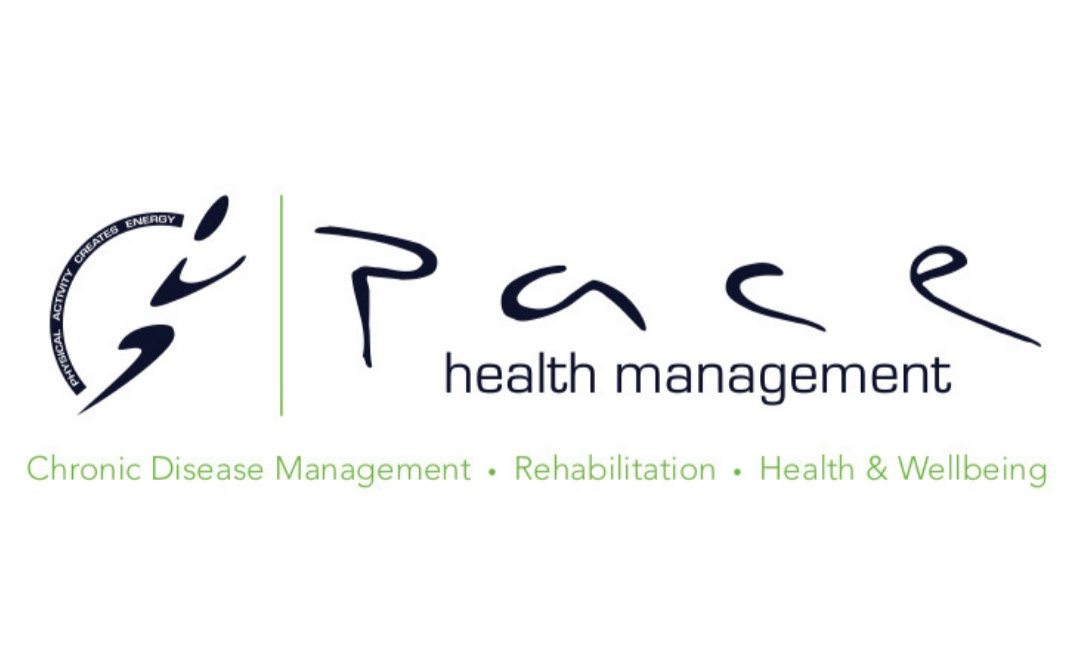Why little movements everyday can make a big difference
Some people love regimented exercise, in fact some people can’t live without it! Structured exercise is an excellent way to make sure your body moves everyday.
However, what happens when you struggle to fit in dedicated time to exercise? We understand that life gets in the way, but did you know there are ways to boost your activity levels that don’t include going to the gym or out for a run?
The best way for this is - incidental exercise. If you struggle to make time or miss a workout session, making a conscious effect to increase your incidental exercise can help your overall health.
Just what do we mean by incidental exercise?
Incidental exercise is simple, it’s the small amounts of movement we amass over the course of the day. It tends to be less structured and unplanned. It can also come in many different forms.
We shouldn’t think that incidental exercise is enough to maintain our health, structured exercise is vitally important to health. We should always aim to hit our physical activity targets for the week.
Incidental exercise is just a great way to keep you moving, burn off some energy and keep you fit. It’s important to keep all of our muscles and tendons active in a variety of ways.
What are the typical kinds of incidental exercise?
Anything really that keeps you moving! You might already be achieving it without knowing.
Taking the stairs instead of the lift
Doing the the weeding
Grocery shopping
Walking the dog
Having a dance while cleaning the house
Painting the fence you’re been putting off
Rearranging the cupboards
Sorting out the garage
All of these might seem a little mundane, but they involve various form of cardio, strength and stretching!
Active transport - an important way to move
A really important way to keep active in an unstructured way is how we move to key locations during our daily lives.
A Melbourne study has found that incidental physical activity from active transport, such as walking to catch the train to work or cycling to the shops, can save lives and money.
The study analysed the daily travel patterns and incidental physical activity, such as the time spent walking to get to transport, of over 29,000 people in Melbourne. The results showed car drivers averaged 8 - 10 minutes of incidental exercise daily, public transport users 35 minutes daily, and walkers/cyclists 38 minutes daily. People in the inner city were found to be more than six times more likely to get sufficient physical activity from travel compared with people living in the outer suburbs.
So ask yourself next time - do you really need to get tin the car? Let’s all try and be that little bit more active.
